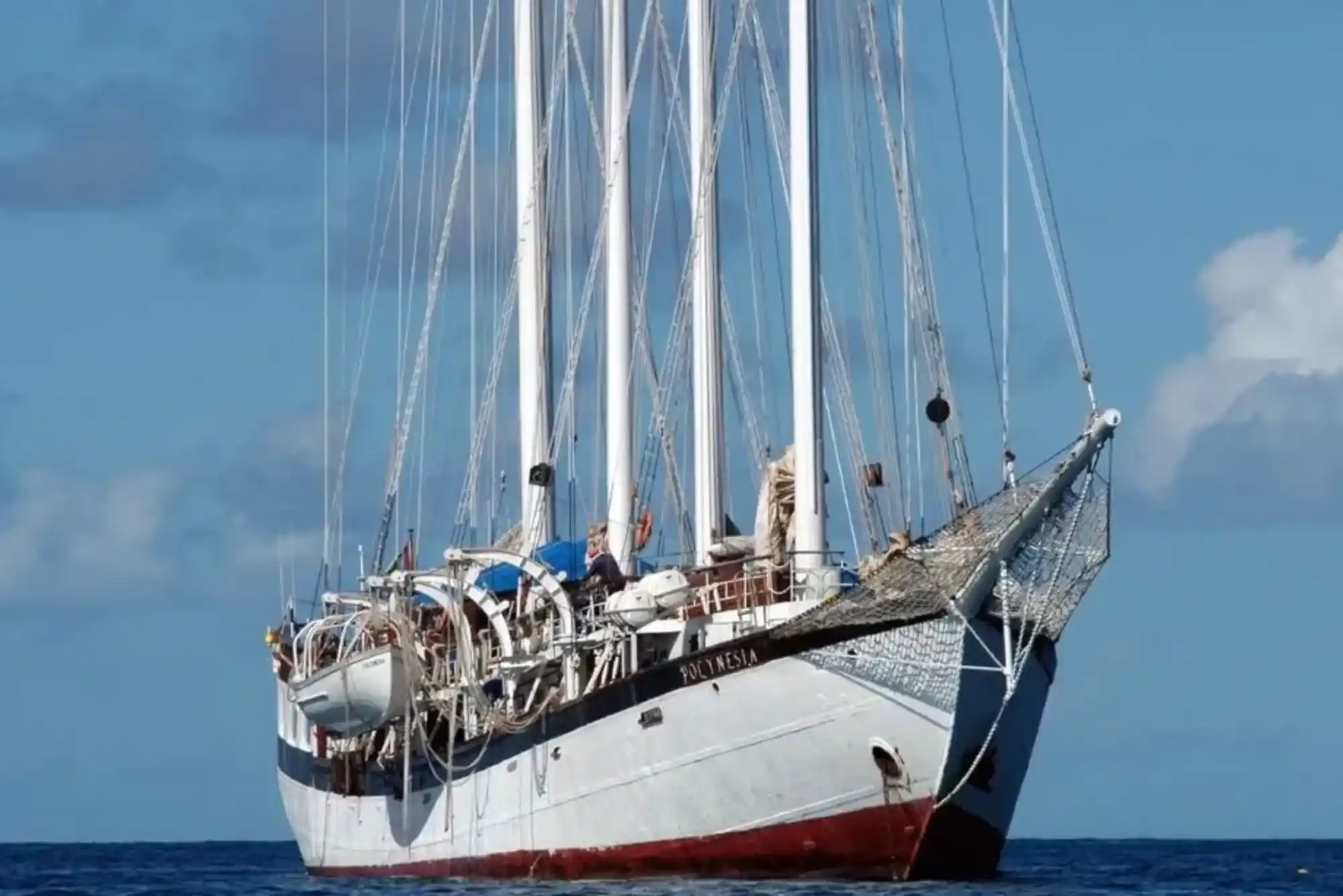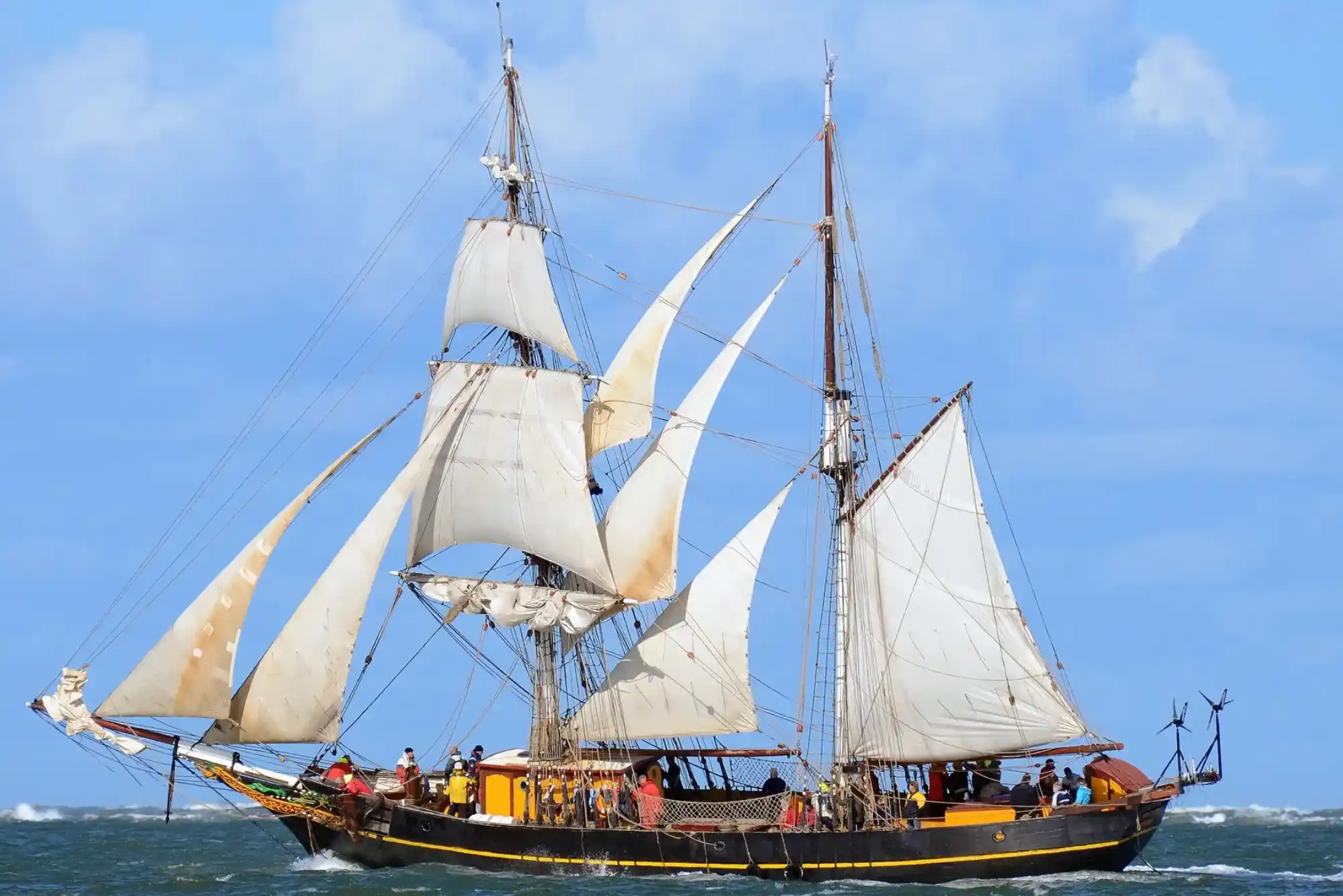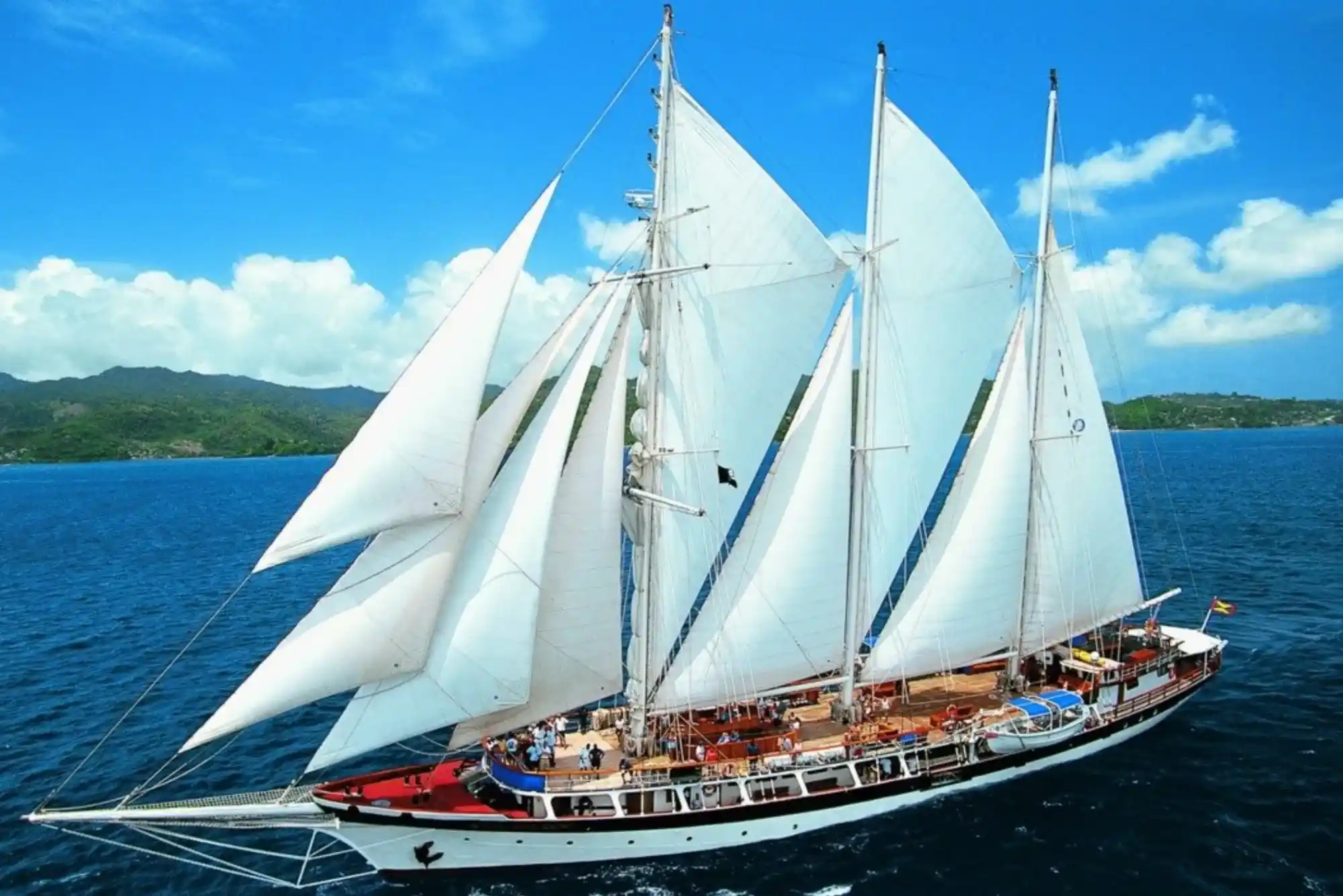Windjammer Barefoot Cruises was once a beloved cruise line that offered adventurous, informal sailing experiences on historic tall ships. With its unique blend of relaxed itineraries, exotic destinations, and spirited ambiance, Windjammer Barefoot Cruises built a passionate following.
However, in the late 2000s, the cruise line abruptly ceased operations, leaving many loyal fans wondering what happened to Windjammer Barefoot Cruises ships. This article takes an in-depth look at the rise, fall, and eventual fate of these iconic vessels.
The Rise of Windjammer Barefoot Cruises
Founded in 1947 by Captain Mike Burke, Windjammer Barefoot Cruises initially began with a single ship, the Yankee Clipper, which was acquired and converted into a passenger vessel. Windjammer sought to create a cruise experience that was distinct from the formal, structured atmosphere of traditional cruise lines.
Instead, their cruises were informal, focusing on adventurous and spontaneous voyages, island-hopping across the Caribbean on vintage tall ships. Over the years, Windjammer acquired several other ships, building a fleet that was widely adored for its friendly crew, fun-loving spirit, and one-of-a-kind itineraries.
Key Elements of the Windjammer Experience
- Relaxed Atmosphere: Windjammer cruises emphasized a laid-back environment without the rigid schedules of mainstream cruises.
- Unique Destinations: The ships visited smaller, less accessible islands, offering travelers the chance to explore secluded beaches and experience local cultures.
- Historic Ships: Windjammer’s fleet consisted of authentic sailing ships, each with its own history and unique character.
- Community and Camaraderie: With limited passenger capacity and a close-knit environment, Windjammer cruises fostered a strong sense of community and friendship.
The Fleet of Windjammer Barefoot Cruises Ships

The Windjammer fleet included a collection of impressive ships, each with its own history and charm. Here’s a closer look at the most notable vessels operated by Windjammer:
| Ship Name | Year Built | Description |
|---|---|---|
| Yankee Clipper | 1927 | Originally a US Navy gunboat, the Yankee Clipper was known for its sleek lines and classic design. |
| Flying Cloud | 1935 | A schooner with a storied past, offering an authentic sailing experience in the Caribbean. |
| Mandalay | 1923 | Known for its elegance and spaciousness, the Mandalay was a three-masted schooner loved by many passengers. |
| Fantome | 1927 | A legendary ship that became one of the line’s most famous vessels, later meeting a tragic fate. |
| Polynesia | 1938 | Originally built for military purposes, it was transformed into a beloved cruise ship with a rich heritage. |
Each of these ships added a unique character to Windjammer’s fleet. However, their historic nature also brought challenges, as the aging vessels required ongoing maintenance and upkeep.
The Decline of Windjammer Barefoot Cruises
By the early 2000s, Windjammer Barefoot Cruises ships were facing a series of mounting challenges. Maintaining a fleet of historic vessels proved costly, and the company struggled with financial difficulties. In addition to these issues, operational problems began affecting the quality of customer experiences.
There were reports of canceled trips, delayed sailings, and inconsistent service. These factors led to declining bookings and rising customer dissatisfaction, which further strained the company’s finances.
Key Factors in Windjammer’s Decline
- High Maintenance Costs: Keeping historic ships in operational condition was a significant financial burden, with high repair and renovation costs.
- Operational Challenges: Delays, cancellations, and service inconsistencies led to negative reviews and discouraged repeat customers.
- Financial Mismanagement: Allegations of financial mismanagement and insufficient cash flow exacerbated the company’s challenges.
- The Loss of Fantome: In 1998, the loss of the Fantome during Hurricane Mitch cast a shadow over the cruise line. The ship sank with all 31 crew members aboard, leading to questions about the company’s safety protocols and decision-making.
The Final Voyage: Closure of Windjammer Barefoot Cruises
In 2007, Windjammer Barefoot Cruises officially ceased operations. This sudden closure left many passengers with canceled bookings and unanswered questions. The company filed for bankruptcy, and its assets, including the remaining ships, were tied up in legal and financial complications. Efforts were made to revive the company by loyal supporters and former employees, but these attempts ultimately failed to secure the necessary funding.
The Fate of the Ships
With the closure of Windjammer Barefoot Cruises, the remaining ships were either sold off, left in disrepair, or became entangled in ownership disputes. Here is what happened to some of the key vessels:
- Yankee Clipper: Sold to private owners and remains inactive.
- Flying Cloud: Docked and eventually sold to private individuals, it has not resumed commercial operations.
- Mandalay: Was briefly operated by another company but faced its own issues and eventually ceased operations.
- Polynesia: Was sold off but did not return to service.
The historic significance of these ships meant that many were preserved, but they no longer operated in the same capacity that Windjammer had envisioned.
Why Did Windjammer Barefoot Cruises Fail?
Several factors contributed to the downfall of Windjammer Barefoot Cruises ships. Financial instability, coupled with the logistical challenges of operating old sailing ships, played a critical role. The tragic loss of the Fantome cast a shadow over the company’s reputation and affected passenger confidence. Furthermore, as the cruise industry evolved, Windjammer found it difficult to compete with modernized cruise lines offering higher standards of comfort, safety, and reliability.
Lessons from the Windjammer Experience
The story of Windjammer serves as a reminder of the complexities and challenges of running a niche cruise line. The nostalgic appeal and romantic allure of historic sailing vessels are undeniable, yet the high maintenance costs and operational challenges associated with such ships can pose significant risks.
Windjammer’s Legacy and Influence on the Cruise Industry

Despite its troubled end, Windjammer Barefoot Cruises left a lasting impact on the cruise industry. It introduced a more adventurous and informal style of cruising that inspired future companies to offer experiential travel in a similar spirit. Although Windjammer Barefoot Cruises ships are no longer in operation, their legacy lives on in the memories of former passengers who fondly recall the sunsets, friendships, and carefree voyages that made Windjammer unique.
FAQs About Windjammer Barefoot Cruises Ships
1. What were Windjammer Barefoot Cruises ships known for?
Windjammer Barefoot Cruises ships were celebrated for offering an informal, adventurous sailing experience with unique itineraries in the Caribbean. They were known for visiting remote islands and fostering a close-knit, social atmosphere among passengers.
2. Why did Windjammer Barefoot Cruises go out of business?
Windjammer faced several challenges, including financial difficulties, operational issues, and high maintenance costs associated with its historic fleet. These issues, combined with the tragic loss of Fantome and rising competition, led to the company’s closure in 2007.
3. What happened to the Windjammer fleet after the company closed?
After Windjammer Barefoot Cruises ceased operations, the fleet was sold off or left inactive. Some ships, like the Mandalay, were briefly operated by other companies, but most have not resumed commercial service.
4. Is there a way to experience a similar sailing cruise today?
While Windjammer Barefoot Cruises no longer operates, other companies offer small-ship cruises with a focus on sailing and adventure. However, they may lack the same informal and communal spirit that made Windjammer unique.
5. Was the loss of Fantome a major factor in the company’s downfall?
The loss of Fantome during Hurricane Mitch was a tragic event that damaged the company’s reputation and raised concerns about its decision-making and safety protocols. Although it was not the sole reason for Windjammer’s closure, it contributed to the challenges that eventually led to the company’s decline.
The legacy of Windjammer Barefoot Cruises remains a fascinating chapter in the history of adventure cruising. While its ships are no longer sailing, the memories and experiences they offered continue to hold a special place in the hearts of those who experienced the magic of a Windjammer cruise.






